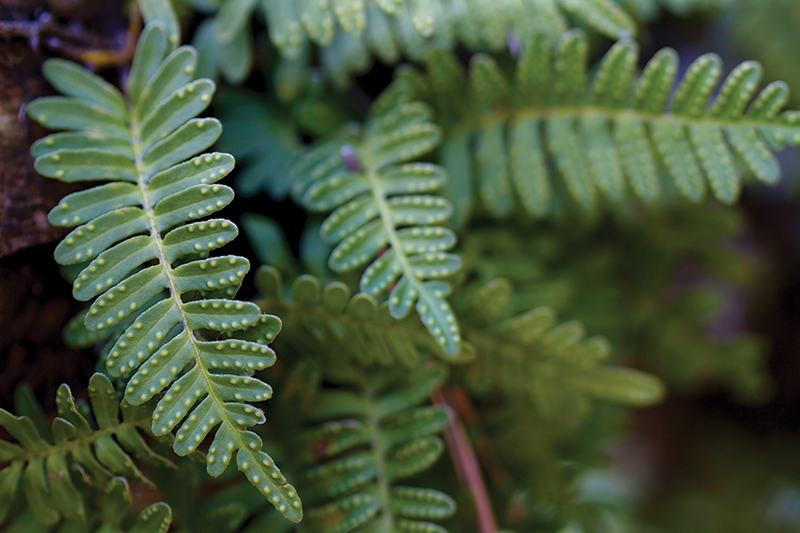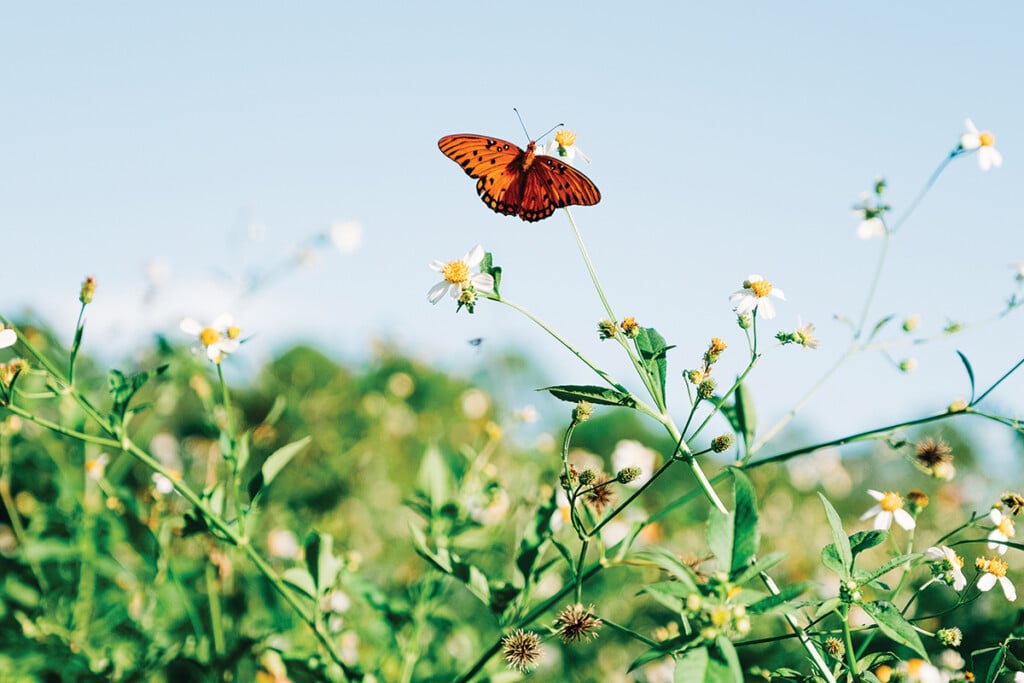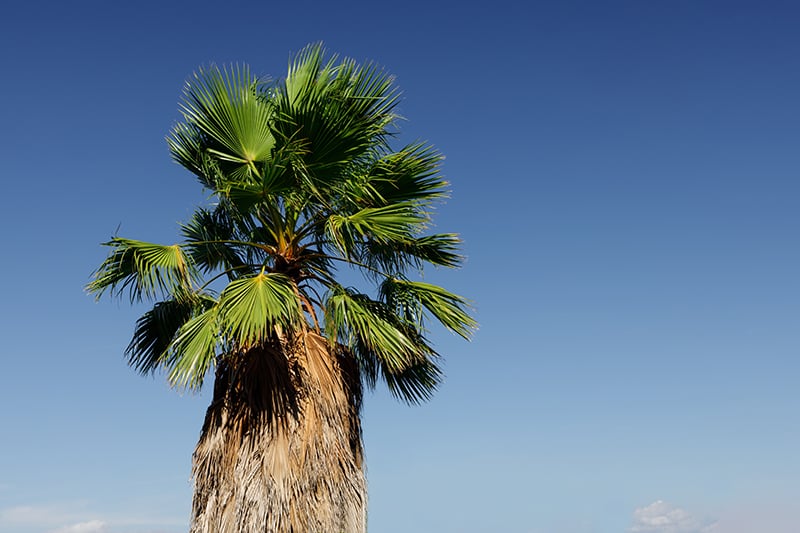A Study in Survival
Resurrection fern outlasts droughts

There is green on the branches of some live oaks and other hardwoods as the new year starts. That is, resurrection ferns have stayed green in their sheltered perches.
Pleopeltis polypodioides is the scientific name for this native fern, and it easily flourishes with a minimum of moisture. This creeping, coarse-textured plant is commonly found in the Southeastern United States.
It is referred to as a resurrection fern because it can survive long periods of drought. During dry times, the leaves brown and wither, but the roots and leaves survive by stingily conserving water.
When the rains return, this fern quickly regenerates by promptly circulating water to the leaves through the plant’s highly efficient vascular system. To the casual observer, it appears to return from the dead in about a day.
The resurrection fern is an air plant, or epiphyte, which attaches itself to other plants. It receives the necessary plant nutrients for growth from several sources but does not damage its host.
Bacterial activity on the outer surface of its host plant’s bark makes it well-suited as a home for ferns. The outer bark layer of many plants and trees is always in the process of being shed and is an ideal location for this fern to grow.
Tiny particles of nutrients are delivered through rainwater and by the wind. Despite meager life-sustaining essentials, the resurrection fern flourishes in this harsh environment where most plants would quickly die.
This plant’s root system is tiny and shallow, as could be expected of a fern that grows on the outer layer of its host’s bark. It relies on an intricate mesh of rhizomes, which meander just beneath the bark’s surface.
The other method of propagation and species preservation is through spores, which are produced on the underside of the leaves.
A Frostproof Legume

Photo by iStock / Getty Images Plus: Anna Konchits
Vetch is the most common, naturally occurring winter annual legume found in the region. The low-growing plant is easily identified by its elongated dagger-shaped leaves measuring half an inch in length.
It is currently emerging in local turfgrass and other locations, both in full sun or partially shaded areas. The plant at this stage is a few inches in height but with no bloom or seed pods.
After a frost, vetch is left unaffected. The colder temperatures work to vetch’s advantage in that many competing plants are killed or stunted.
This plant produces diminutive purple flowers in spring, which quickly become inch-long seed pods. Honeybees and native pollinators can be seen visiting the blooms.
A secondary benefit of vetch is its root system. The roots penetrate deeply into the soil and are a natural form of erosion control.
Bagworms Munch on Evergreens
The Evergreen Bagworm, Thyridopteryx ephemeraeformis, is an occasional but rarely noticed larval stage of an insect pest.
Native bagworms feed on more than 50 local deciduous and evergreen trees and shrubs.
Severe infestations can damage the appearance and health of host plants, especially juniper and arborvitae types, which thrive in the temperate climate of North Florida.
Adult bagworms are masters at blending into the background by using earth tones to camouflage their positions.
The females, which remain enclosed in a pupal casing inside their bags throughout their life cycle, mate and then become essentially an egg-filled sac.

Photo by iStock / Getty Images Plus: Creative Commons
The male bagworm emerges as a freely flying moth, appearing hairy and charcoal black. His diminutive wingspan measures less than an inch in length.
Neither the male nor the female adults feed. As adults, the female will live a week or two, while the male lives only one to two days.
Shortly after mating, the female lays a clutch of 500 to 1,000 eggs inside her pupal case enclosed within her bag. The eggs will remain viable through the winter and hatch when the weather warms.
Les Harrison is a retired University of Florida/Institute of Food and Agricultural Sciences Wakulla County extension director.



